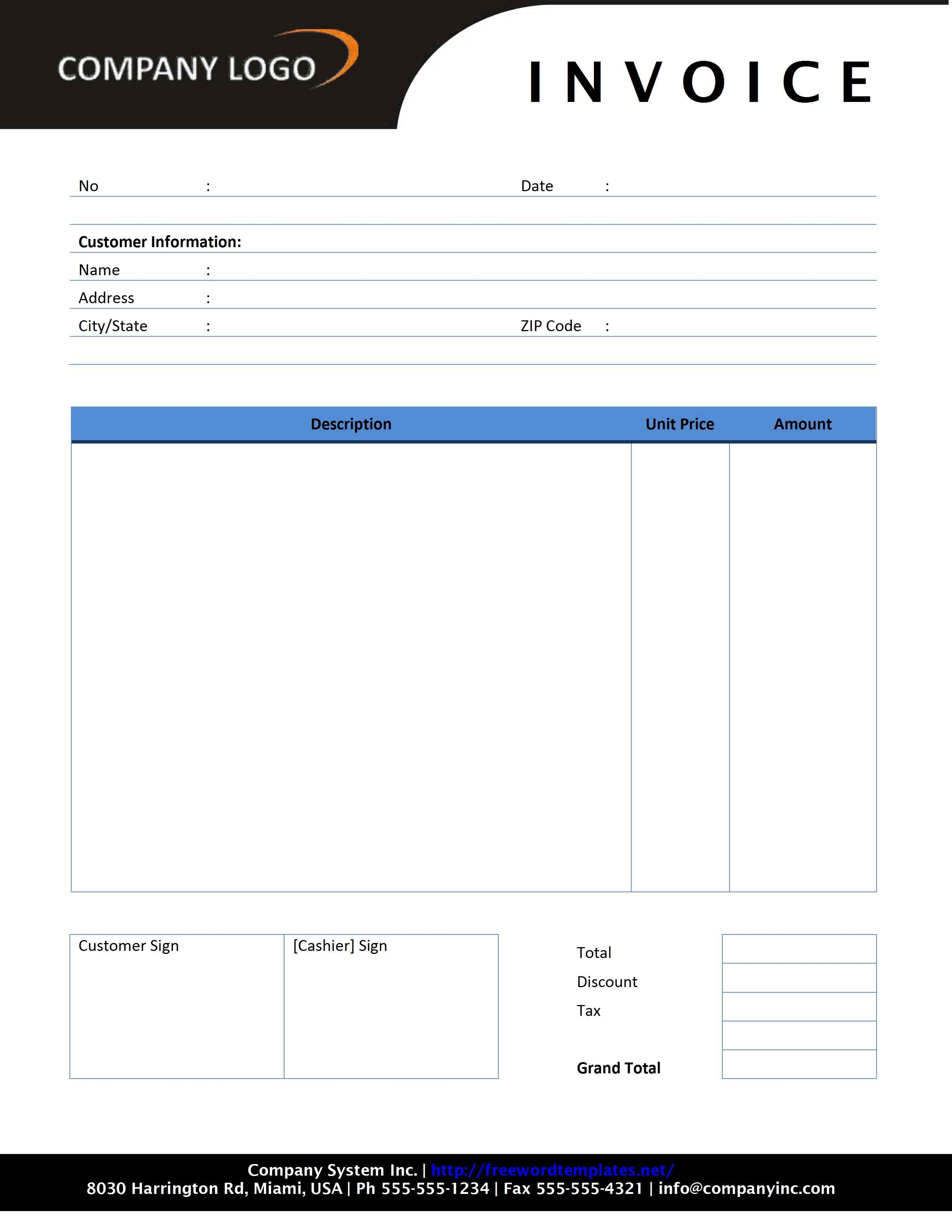


The invoices are usually human-readable but not machine-readable (i.e., a computer can’t extract and process the data directly). UDT is a method of e-invoicing that uses a non-standardized format to send invoices between businesses. Some common EDI standards are EDIFACT, ANSI, and ebXML. It is often used in supply chain management and is considered the most reliable and secure way to exchange invoice data.

SDT is a method of e-invoicing that uses a standardized format to send invoices between businesses.

There are several different methods of e-invoicing, including: Structured Data Transmission (SDT) So by using XML invoicing, businesses can easily send and receive invoices electronically without worrying about compatibility issues.Į-invoicing (or electronic invoicing) is the process of sending and receiving invoices electronically rather than through the mail. It’s a standard format that allows you to share information between different applications and systems easily. XML invoicing is a form of e-invoicing that uses Extensible Markup Language (XML) to send and receive invoices. Need a solution for cross-border XML invoicing? Schedule a demo with one of our e-invoicing experts. So if you're looking for a crash course on XML invoicing, read on! In this blog post, we'll break down everything you need to know about XML invoicing - from what it is, to how it works, to its benefits. If you work in accounting or invoicing, chances are you've come across the term "XML invoicing." It helps keep track of money owed and paid and records the transactions for future reference.īut what is XML invoicing? And how does it differ from other e-invoicing formats? Invoicing is an essential process for any business. Traditionally, invoices are sent and received through the mail, but many businesses have turned to XML invoicing with the advent of electronic communication. XML invoicing is a format for sharing structured invoicing data electronically.


 0 kommentar(er)
0 kommentar(er)
